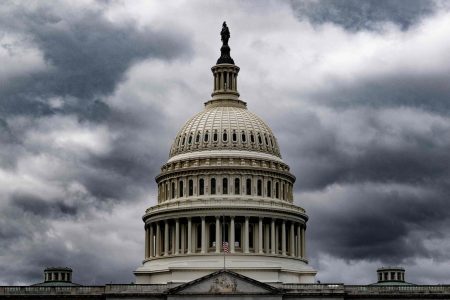The U.S. economy added 142,000 jobs in August, slightly lower than the expected 161,000, reflecting a slowing labor market. However, the unemployment rate still decreased to 4.2%, as expected. The labor force expanded by 120,000, helping push the jobless level down by 0.1 percentage point. The labor force participation rate remained at 62.7%. An alternative measure that includes discouraged workers and those holding part-time jobs for economic reasons increased to 7.9%, its highest reading since October 2021. Stock futures held negative and Treasury yields were also lower in reaction to the data.
The previous two months saw substantial downward revisions in job numbers. July’s total was cut by 25,000, while June fell to 118,000, a downward revision of 61,000. From a sector standpoint, construction added the most jobs with 34,000, followed by health care with 31,000, and social assistance with 13,000. However, manufacturing lost 24,000 jobs. Average hourly earnings increased by 0.4% on the month and 3.8% from a year ago, higher than the estimates for 0.3% and 3.7%. Hours worked also edged higher to 34.3.
The lower-than-expected job growth in August may indicate a slowing labor market, but it also paves the way for the Federal Reserve to potentially lower interest rates later in the month. The market initially showed little reaction to the data, as stock futures remained negative and Treasury yields were lower. The decrease in the unemployment rate to 4.2% highlights continued strength in the labor market, despite the slightly disappointing job creation numbers.
Overall, the August jobs report painted a mixed picture of the U.S. economy, with job growth coming in slightly lower than expected, but with positive signs in wage growth and a decreasing unemployment rate. The downward revisions in job numbers for the previous two months indicate some weakness in the labor market. However, sectors like construction and healthcare continued to see job gains, while manufacturing experienced losses. The Federal Reserve may use this data to justify a potential interest rate cut later in the month.
As this is breaking news, further updates and analysis may provide more insights into how the August jobs report will impact the U.S. economy and financial markets. It will be important to monitor future developments, particularly with regards to the Federal Reserve’s decision on interest rates and any potential policy changes that may be influenced by the latest labor market data. The data overall suggests a need for continued monitoring and analysis to understand the impact on the broader economy.















